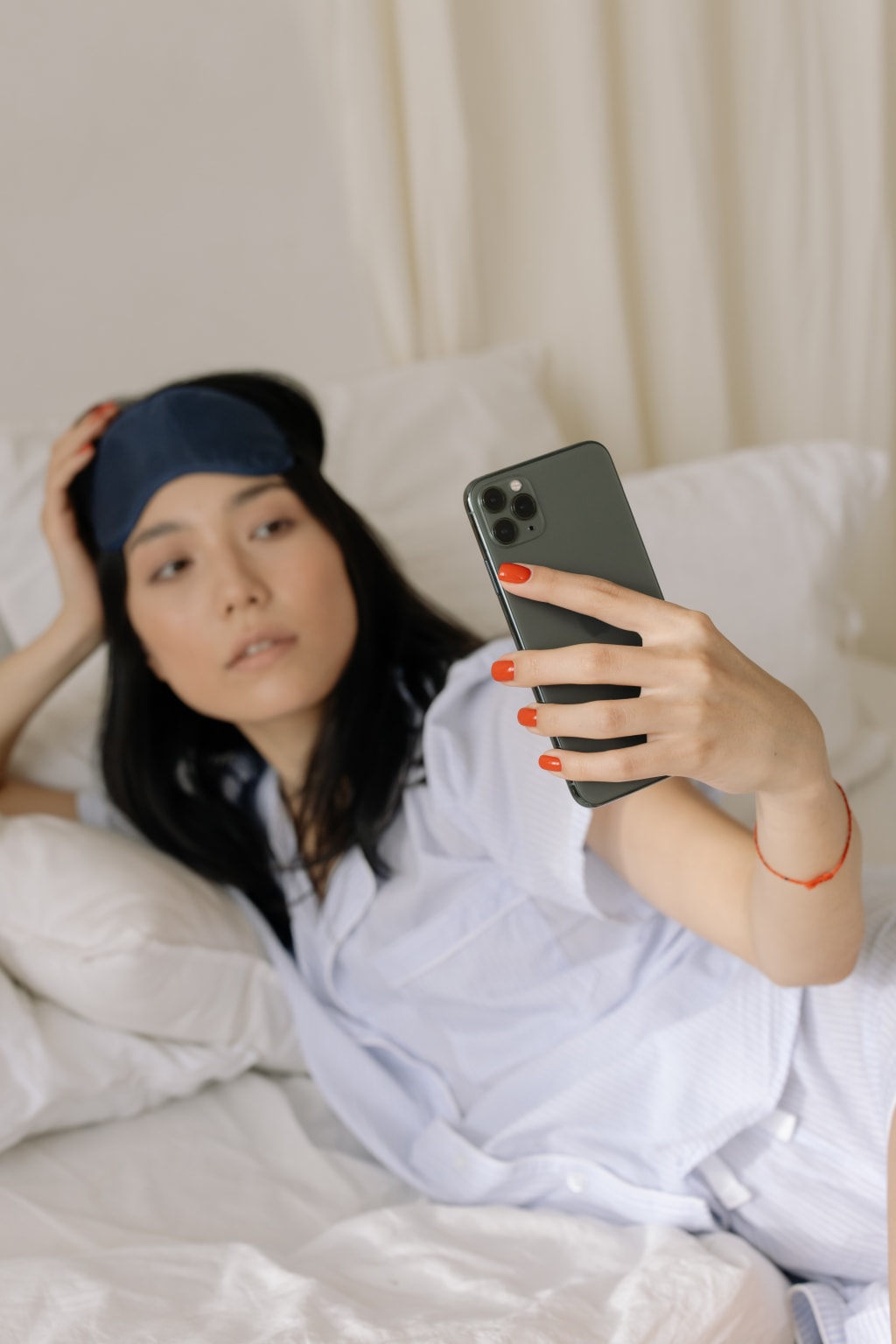
Martin Cooper, who led the team that developed the world's first mobile phone, said last week that "cell phones will become an important tool for monitoring our health."
As it proves, the facility of early detection of the serious health problem of blood clotting has come through the smartphone. No longer is it difficult to take a syringe of blood and test it for clotting ability. You can check your blood clotting with the smartphone you hold in your hand.
Blood test on iPhone
In March of last year, scientists at the University of Washington used a drop of blood to test the ability of blood to clot with an iPhone.
During this test, they used a device called 'Lidar'. Lidar is a light detecting and ranging sensor. With the help of wave pulses of absorbed light, a 3D image is created.
With the help of this technology, the clotting ability of blood can be detected through virtual and real models, say the researchers who developed it.
For example, with augmented reality technology you can see through your phone camera where a bed or table would be best placed in your empty room.
Similarly, this invention creates a model by gathering information from lidar about the blood clots in your body.
How does this test work?
Researchers say the sensors in our phones need to be accurate enough to test blood samples and know the results.
Only if that is the case, you can use this lidar sensor to detect the coagulability of your blood or impurities in milk through light penetrating technology.
When a liquid (for example a drop of blood) is injected into a lidar sensor, the light scattered by the sensor is analyzed and a pattern is obtained by the resulting laser beam.
If the amount of fat in the milk you send for testing changes, the form you get from it will be different. This way we can confirm whether there is any adulteration in the milk.
The same pattern happens in the case of blood clotting. Changes in the blood can tell us if we are prone to blood clots.
While trying to develop this, the researchers found that the sensor was able to distinguish between a droplet of blood placed on a glass slide and coagulable blood.
Experiment with cell phone camera
In recent research, using the camera and vibration motors in smartphones, they have discovered the ability of blood to clot through the movement of copper particles.
Still, some researchers are developing technology that uses a phone's camera to measure heart health issues like blood pressure.
Researchers from Canada's University of Toronto and China's Hangzhou Normal University have developed a computer algorithm that helps detect blood flow on our face, which is invisible to the naked eye, through photos taken with your phone camera.
Another team of Chinese scientists has developed a deep-learning algorithm to warn of heart problems such as heart attacks with the help of four smartphone images.
Just 4 photos of you are enough for your smartphone to perform this test.
This will require a total of 4 photos: one photo of you looking straight into the camera, two photos taken from the side, and one photo taken above your head as if looking down.
With the help of these images, the computer algorithm identifies subtle changes in our chin, forehead and nose. Comparing these changes with existing models helps warn us of impending heart disease.
For example, with the help of this model, it detects skin wrinkles, fat lumps etc. on your face and alerts us.
This technology can correctly diagnose 80 percent of heart disease. However, 46 percent of people were diagnosed with a false identity, leading to unnecessary anxiety.
The device is 'cheap, simple and effective', say researchers from China's National Cardiovascular Center who conducted the study.
As this technology continues to develop rapidly, these scientists hope that we will be able to diagnose heart disease very easily with the help of our mobile phones.
What will happen next?
Jennifer Miller, a cardiologist at Children's Hospital Los Angeles, has teamed up with engineers at the University of Southern California to develop an echocardiogram device that can be attached to a smartphone.
Jennifer Miller says the device will help monitor blood flow to the heart.
Although these technologies are still in various stages of research and testing, some of these innovations have made their way to your smartphone. You can monitor your health using it.
"You put your fingertip on the smartphone's camera, and it converts the pressure you apply to your blood pressure into a wave and calculates blood flow."






Comments
There are no comments for this story
Be the first to respond and start the conversation.